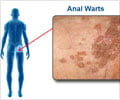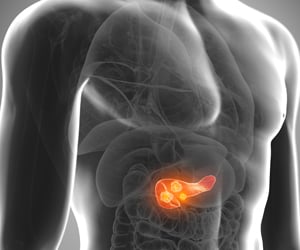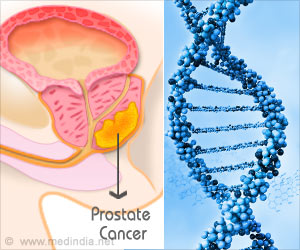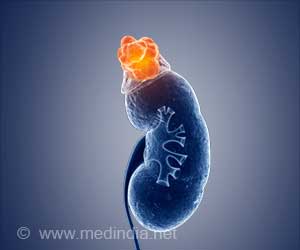Anal cancer patients living in low median household income areas are at an increased risk of early death.
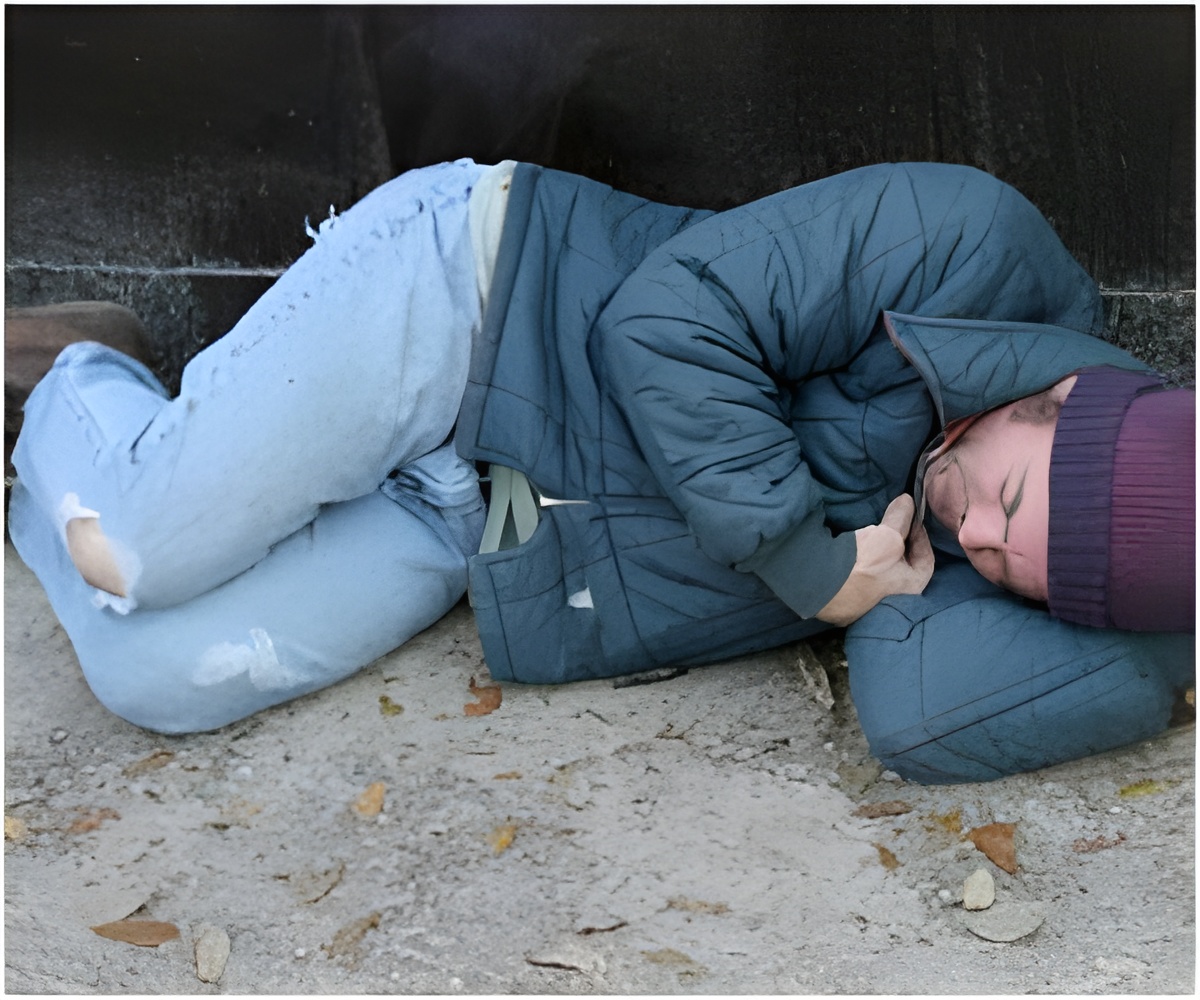
TOP INSIGHT
Anal cancer patients living in low median household income areas are at an increased risk of early death.
Their analysis included 9,550 patients with SCCA from 2004-2013 listed in the US Surveillance, Epidemiology, and End Results registry.
Socio-economic status was defined by census-tract median household income level, and divided into quintiles.
The researchers found that patients living in areas with lower median household income had worse overall survival and cancer-specific survival compared with those in highest income areas.
From the lowest to the higher income levels, the risk of dying was 32 per cent, 31 per cent, 19 per cent and 16 per cent higher for patients when compared with patients in the very highest quintile of median household income.
Other factors such as older age, black race, male gender, unmarried status, earlier year of diagnosis, higher grade, and later stage were also associated with worse cancer-specific survival.
Source-IANS
 MEDINDIA
MEDINDIA
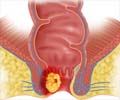

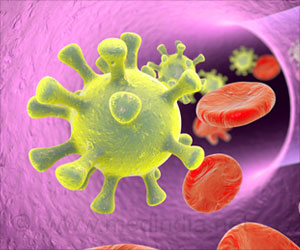

 Email
Email

